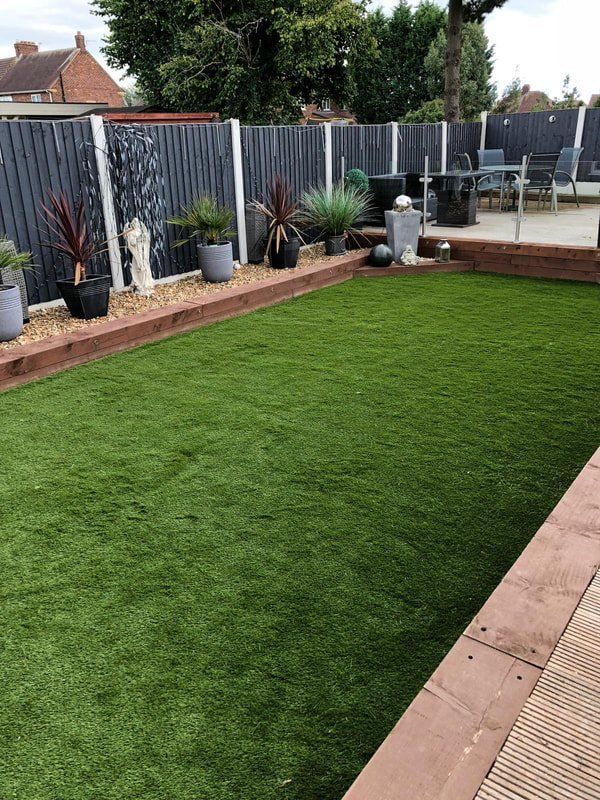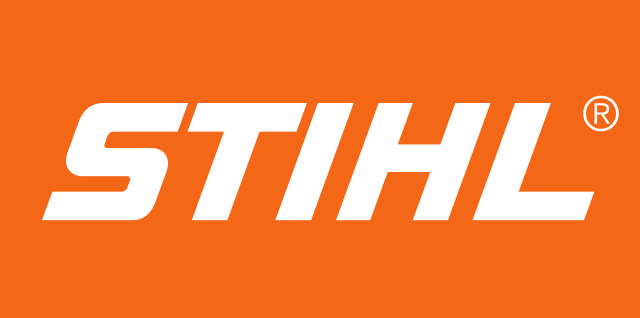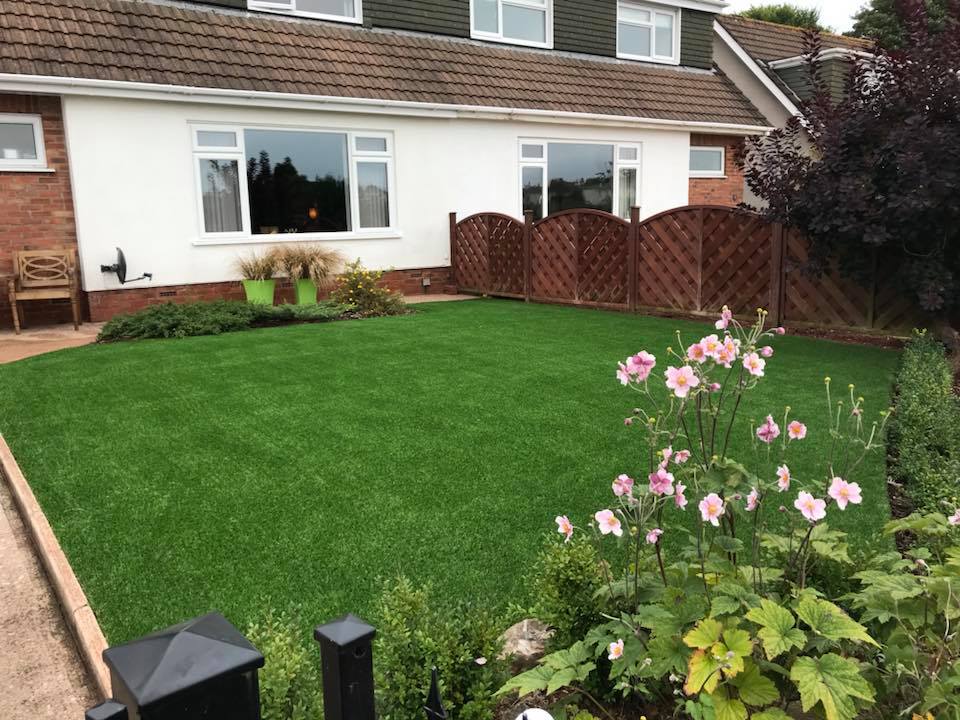How To Lay Artificial Grass
Telephone:
0115-647-1794
If you're looking for a low-maintenance, drought-resistant lawn, artificial grass is a great option. It's also perfect for areas where real grass won't grow, such as shady spots or high-traffic areas. Laying artificial grass is a fairly straightforward process, but there are a few things you'll need to keep in mind to get the best results.
In this article we explain how artificial grass specialists lay astro turf to bring out the beauty of your home or garden.
The first step is to choose the right type of artificial grass for your needs. There are many different types available on the market, so it's important to do some research before making your purchase. Once you've selected the perfect turf for your home, you'll need to prepare the area where it will be installed. This means removing any existing vegetation and levelling the ground.
Next, you'll need to install a weed barrier over the area where the artificial grass will be laid. This will help to keep weeds from growing through the turf and ruining its appearance. Once the weed barrier is in place, you can begin laying the artificial grass. It's important to lay it in sections so that it doesn't bunch up or look uneven.
Once the artificial grass is in place, you'll need to secure it with landscape staples or pins. This will ensure that it stays in place and doesn't move around during use. Finally, you'll need to infill the turf with sand or rubber crumb to give it a more natural appearance and help it last longer.
With these simple steps, you can easily lay artificial grass in your yard and enjoy a beautiful, green space all year long!
How do you prepare ground for artificial turf?
Artificial turf can be a great addition to any home, and it’s becoming increasingly popular as an alternative to natural grass. If you’re considering installing artificial turf, it’s important to make sure that you prepare the ground properly first.
The first step is to remove any existing vegetation from the area where you’ll be installing the turf. This can be done with a herbicide or physically removing the plants by hand.
Next, you’ll need to level out the ground. You can do this by tilling the soil or using a leveling machine. Once the ground is level, you can add a layer of crushed stone or gravel to help with drainage.
Finally, you’ll need to install a base layer of material that will support the turf. This can be anything from sand to rubber crumb. Once the base is in place, you can install the artificial turf.
If you follow these steps, you’ll be well on your way to having a beautiful and functional artificial turf lawn.
What tools do you need to fit artificial grass?
To fit artificial grass, you will need a few tools:
- A spade or shovel to dig up the existing turf
- A rotary cutter or power saw to trim the edges of the artificial grass
- An adhesive to glue down the edges of the artificial grass (optional)
- A mechanical plate compactor, or whacker plate as it’s sometimes referred to, used on a low setting. Or some kind of heavy object such as a brick or piece of wood to weigh down the artificial grass (optional)
With these tools, you should be able to easily install your artificial grass. Make sure to follow the instructions that come with your particular product, as installation can vary slightly between brands and types of artificial grass.
What do you put under artificial turf?
One of the benefits of artificial turf is that it can be installed on top of a variety of surfaces, including concrete, asphalt, and even existing grass. This means that you don't have to completely remove your old lawn before installation. However, there are a few things you should consider before installing artificial turf over an existing surface.
First, it's important to make sure that the surface you're installing on is level. Uneven surfaces can cause lumps and bumps in the turf, which can be unsightly and potentially dangerous. If your surface isn't level, you may need to remove some material or add fillers to create a level base.
Second, you need to make sure that the surface you're installing artificial turf on is well-draining. If the surface doesn't drain well, water can pool on the turf, which can create a breeding ground for bacteria and pests. To ensure proper drainage, you may need to install a drainage system before laying down the turf.
Finally, you need to make sure that the surface you're installing artificial turf on is clean and free of debris. Any debris on the surface can cause lumps and bumps in the turf. To clean the surface, simply power wash it or scrub it with a brush.
With these considerations in mind, you're ready to install artificial turf over your existing surface!
Do you need membrane under artificial grass?
If you are planning to install artificial grass, you may be wondering if you need to use a membrane under the turf. While there are a few benefits to using a membrane, it is not necessarily required. Here is a look at some of the pros and cons of installing a membrane under your artificial grass.
Benefits of Using a Membrane
There are a few benefits to using a membrane under artificial grass. First, it can help to protect the turf from damage. If something sharp or heavy falls on the turf, the membrane will help to cushion it and prevent the turf from being damaged.
Another benefit of using a membrane is that it can help to improve drainage. If water does not drain properly from the turf, it can lead to problems such as mould and mildew. By using a membrane, you can help to ensure that water drains properly and does not pool on the surface of the turf.
Finally, a membrane can also help to protect the turf from weeds. If weeds are able to take root in the turf, they can cause damage and make the turf look unsightly. By using a membrane, you can help to prevent weeds from taking root and growing in the turf.
Drawbacks of Using a Membrane
There are a few drawbacks to using a membrane under artificial grass. First, it can be more expensive than simply installing artificial grass without a membrane. Additionally, if the turf is not installed properly, the membrane can be visible through the grass, which can detract from the overall aesthetic of the landscape.
If you are considering using a membrane under artificial grass, be sure to weigh the pros and cons before making a decision. In most cases, the benefits of using a membrane will outweigh the drawbacks. However, it is ultimately up to you to decide whether or not using a membrane is right for your particular installation.
What is the best membrane for artificial grass?
As you may already know, there are a few different types of artificial grass on the market. The most popular type is polyethylene, or PE, grass. This is because it looks and feels the most like natural grass. Other types of artificial grass include nylon and polypropylene, or PP.
So, what is the best membrane for artificial grass? Well, it really depends on your needs and preferences. If you're looking for something that looks and feels as close to natural grass as possible, then PE is probably your best bet. However, if you're looking for something that's more durable and easier to maintain, then nylon or PP might be better options for you. Ultimately, it's up to you to decide which type of artificial grass is right for you. Whichever type you choose, make sure to buy from a reputable dealer to ensure that you're getting a high-quality product.
What do you put between concrete and artificial grass?
If you're installing artificial grass over concrete, you'll need to take some special precautions to ensure that your grass stays in place and looks its best. First, you'll need to make sure that the concrete is clean and smooth. Any roughness can cause the artificial grass to shift or bunch up. You may need to sand down the concrete or use a power washer to get it completely clean.
Once the concrete is prepped, you'll need to lay down a layer of weed barrier fabric over it. This will help prevent any weeds or other plants from growing up through the artificial grass. You can find weed barrier fabric at most home improvement stores.
Finally, you'll need to install a drainage system before laying down the artificial grass. This will help ensure that water drains properly and doesn't pool on the surface. There are a few different options for drainage, so talk to a professional to find the best one for your needs.
After you've prepped the concrete and installed a drainage system, you're ready to lay down the artificial grass. Start in one corner and unroll it until you reach the other side. Use a sharp knife to cut off any excess grass.
Now, all that's left to do is enjoy your new lawn! With proper care, it will last for years to come.
Can I just lay artificial grass on soil?
If you're planning to lay artificial grass on soil, it's important to make sure that the surface is level and even. This can be achieved by adding a layer of sand or gravel. If you're concerned about the condition of your soil, we recommend consulting with a landscaping professional.
Once you've prepared the surface, you can install your artificial grass by following the manufacturer's instructions. Be sure to leave enough space around the perimeter of the turf so that it can be secured in place. After the turf is in place, you can infill it with sand or rubber crumb to help support the blades and protect against wear and tear.
Artificial grass and drainage
If you are thinking of installing artificial grass in your home, one of the things you need to consider is drainage. Artificial grass needs good drainage to ensure that it does not become waterlogged and soggy. There are a few different options when it comes to drainage for artificial grass, so it is important to choose the right one for your needs.
One option for drainage is to install a drain pipe underneath the artificial grass. This will allow water to drained away from the grass, preventing it from becoming waterlogged. Another option is to install a layer of gravel underneath the artificial grass. This will help to improve drainage and prevent the artificial grass from becoming waterlogged. Finally, you could also install a layer of sand underneath the artificial grass. This will help to improve drainage and keep the artificial grass dry.
When it comes to choosing the right type of drainage for your artificial grass, it is important to consider the climate in which you live. If you live in an area with a lot of rainfall, then you will need to ensure that your artificial grass has good drainage to prevent it from becoming waterlogged. However, if you live in an area with little rainfall, then you may not need to worry about drainage as much. It is also important to consider the amount of foot traffic that will be using the artificial grass. If you are only going to be using the artificial grass for occasional use, then you may not need to worry about drainage as much. However, if you are going to be using the artificial grass on a daily basis, then you will need to ensure that it has good drainage to prevent it from becoming waterlogged and damaged.
There are two main types of drainage for artificial grass; surface drainage and subsurface drainage. Surface drainage is the most common type of drainage for artificial grass and is designed to drain away any water that accumulates on the surface of the artificial grass. This type of drainage is usually found in areas where there is a lot of rainfall and is often used in conjunction with a sub-surface drainage system. Sub-surface drainage is designed to drain away any water that seeps through the surface of the artificial grass. This type of drainage is usually found in areas where there is a lot of foot traffic and is often used in conjunction with a surface drainage system. There are many different types of artificial grass available on the market today, and each type has its own unique benefits and disadvantages. When choosing artificial grass, it is important to consider the type of drainage that will be required for your particular application. If you are unsure about which type of drainage system would be best for your needs, you should consult with a professional before making your final decision.
How do you improve drainage on artificial grass?
There are a few things you can do to improve drainage on artificial grass. First, make sure that the area where the artificial grass will be installed is sloped so that water will run off of it. Second, install a layer of gravel or crushed stone beneath the artificial grass to help with drainage. Finally, make sure that the artificial grass is installed in such a way that there are gaps between the pieces so that water can drain through them.
There are a few things you can do to improve drainage on artificial grass:
Use a perforated drain pipe: This will allow water to drain away quickly.- Use a layer of gravel: This will help to soak up any water that does pool on the surface.
- Make sure the area is sloped: Water should be able to run off easily if the area is sloped slightly.
- Use a turf brush: This will help to loosen up any compacted soil and allow water to drain through more easily.
If you follow these tips, you should find that drainage on artificial grass improves significantly.
Looking for a different landscaping surface for you home?
If yes then you can choose here at
https://www.gardenernottingham.co.uk/





